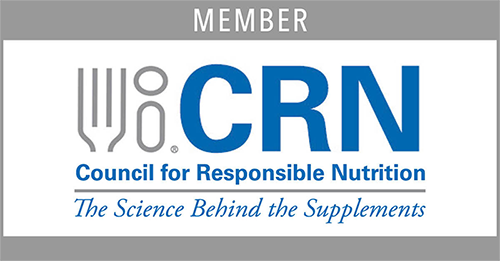Thiamine
What is It?*
Source Type: Water-soluble vitamin
Source(s):
- Naturally found in plant foods (whole grain breads and cereals, legumes, sunflower seeds)
- Naturally found in animal foods (pork, fish)
- Fortified food products (breads, cereals, flour)
- Chemically synthesized in labs
Thiamine, also known as vitamin B1, is a water-soluble vitamin. It is part of the B-complex group of vitamins and plays a role in energy metabolism, particularly converting carbohydrates into energy. It is responsible for the growth, development, and function of cells. Thiamin also supports nerve function and plays a role in maintaining a healthy nervous system. The amount of thiamine you need depends on the amount of carbohydrates you consume. The more carbohydrates you eat, the more thiamine your body requires.
Benefits*
Thiamine is beneficial for converting carbohydrates into energy. It plays a vital role in the metabolism of glucose, helping to produce ATP, the primary energy source of cells. It is also critical for maintaining a healthy nervous system and preventing nerve-related conditions like beriberi and Wernicke-Korsakoff syndrome. In addition, thiamine supplements may improve glucose tolerance in people with type 2 diabetes, as well as support cognitive function.
Effectiveness*
Thiamin supplementation is effective for treating beriberi and Wernicke-Korsakoff syndrome.
Many studies have found that thiamine supplementation can improve glucose tolerance in individuals with hyperglycemia, but more research is still needed.
Scientists are discovering that low thiamine levels could affect the dementia of Alzheimer’s disease, but research in this area is still new and needs further study.
Risks*
There is currently no upper limit set for thiamine, as there is a lack of evidence of toxicity at high exposures. However, taking high doses of thiamine supplements may lead to adverse effects, such as nausea, diarrhea, skin reactions, and low blood pressure.



